A Step-by-Step Guide to Planning Your Fence Installation
Fence installations are an essential aspect of both residential and commercial properties, providing security, privacy, and aesthetic appeal. Before deciding on a fence installation, it is crucial to ask the right questions to ensure you make informed decisions that will meet your needs effectively. This article explores key questions to consider for a successful fence installation project, outlining important considerations regarding purpose, material choice, costs, and maintenance.
1. Determine the Purpose of Fence Installations
Considering Privacy Requirements for Optimal Seclusion
The level of privacy desired can significantly influence the type of fence installed. For those living in densely populated areas, a privacy fence—often solid and tall—can provide an essential barrier against noise and visual intrusion. Homeowners might also consider how the fence blends with landscaping and maintains community aesthetics. Privacy fences come in various materials, from wood to vinyl, providing visual privacy while enhancing the property’s aesthetics and security.
Assessing Aesthetic Preferences and Complementary Styles
Fences are not just functional elements; they can also significantly enhance the visual appeal of a property. Aesthetic consideration may focus on matching the architectural style of the home or business with complementary colors and materials. For instance, a traditional Victorian home might pair well with intricate fencing. Minimalist designs may prefer sleeker metals for a modern touch. Carefully chosen fencing can elevate the overall design of a property while serving its functional purpose.
2. Compare the Types of Fence Installations
Reviewing Wood Fences for Classic Appearance and Durability
Wood fences are a popular choice for their classic look and versatility. They can be painted or stained to match any palate, adding natural warmth to the property. However, wood is prone to weather-related damage and requires routine maintenance to prevent rot and insect infestations. Despite these drawbacks, wood fences can be incredibly durable if cared for properly. This type of fence installation is ideal for homeowners seeking a traditional, natural appearance.
Examining Vinyl Fences for Long-Lasting Versatility
Vinyl fences offer a practical alternative to wooden fences, boasting durability and minimal maintenance requirements. This material does not suffer from rust, rot, or peeling, making it ideal for areas with harsh weather conditions. While the upfront cost of vinyl may be higher than wood, the reduced need for treatment and repair can make it economically advantageous in the long run. Moreover, vinyl fences come in various styles and colors, providing aesthetic flexibility and long-term value.
Evaluating Metal Fences for Strength and Security
Metal fencing, encompassing options like aluminum or chain link, provides robust solutions tailored to different needs. Each type offers unique benefits; for example, aluminum resists rust, so it's great if you live in a rainy climate. Maintenance for metal fences depends on the type; some require regular treatment for rust prevention, while others are mostly maintenance-free. Metal installations are particularly suited for projects where security is a primary concern, with aesthetics as a complementary consideration.
3. Evaluate Material Considerations for Fence Installations
Accounting for Climate Factors and Environmental Impact
The climate of an area significantly impacts the choice of material for a fence. Materials like wood can be more susceptible to swelling and rotting in damp climates, while metal might be prone to rust in humid or coastal areas. In arid climates, materials such as vinyl, which can withstand high temperatures without warping, may be ideal. In colder climates, it is crucial to consider the freeze-thaw cycle and its impact on materials like concrete anchors and wooden posts. Planning for climate ensures the fence installation remains durable over time.
Assessing Maintenance Requirements for Longevity
Each fencing material comes with its own set of maintenance demands. Wood fencing typically requires treatments and periodic checks for damage due to insect infestations or moisture. In contrast, metal and vinyl fences are relatively low maintenance, only needing occasional cleaning and inspections. Composite materials offer a low-maintenance solution but can be prone to fading and may require UV-protectant applications. Considering maintenance requirements helps property owners choose a material that fits both lifestyle and budget.
4. Plan the Process of Fence Installations
Conducting Pre-Installation Planning for Accurate Execution
Effective installations begin with thorough pre-planning to outline the project’s scope and requirements. This planning stage includes measuring boundaries, deciding on height and material, and identifying property lines. Property owners must also consider potential obstructions like utility lines or existing structures that may impact installation. Consulting with fencing professionals during this phase can refine plans and address unforeseen challenges, ensuring a smoother installation process.
Preparing the Site and Securing Required Permits
The site preparation phase involves clearing the installation area of vegetation and debris and marking the layout of the fence. This step often requires obtaining necessary permits, which may include reviewing zoning laws and ensuring the fence complies with legal height restrictions. Adhering to these regulations is crucial to avoid costly fines or dismantling the fence. According to This Old House, fencing is most commonly installed in the ground at a depth that is 30% to 50% of the fence height. Proper preparation prevents obstructions during installation, such as roots or uneven ground, that could destabilize the fence.
5. Calculate the Costs of Fence Installations
Breaking Down Material Costs for Informed Budgeting
Material costs are a significant component of the overall fence installation budget. Wood, while popular for its appearance, can vary considerably in cost depending on the type of lumber chosen. Vinyl and composite options come with higher upfront costs but can be more economical over time due to lower maintenance requirements. Metal fencing's cost is influenced by material type, with aluminum usually lower-priced than sturdier alternatives. Evaluating material costs helps determine the long-term investment for the project.
Analyzing Labor Costs and Contractor Fees
When hiring professionals for installations, labor costs become a prominent part of the budgeting process. This includes the contractor's expertise, the scope of the project, and regional pricing differences. Obtaining quotes from multiple contractors can provide a comprehensive view of potential labor costs. Discussing terms of engagement, such as time spent, guarantees, and unplanned work, offers a clearer picture of service fees and helps avoid unexpected expenses.
6. Maintain Fence Installations Effectively
Performing Routine Inspections and Thorough Cleaning
Routine inspection and cleaning are fundamental to preserving a fence’s longevity and appearance. Regular checks for wear, rot, or damage help prevent minor issues from escalating into costly repairs. Cleaning methods depend on the fence material; for example, wooden fences might require scrubbing with mild detergent, while vinyl or metal fences can be pressure washed. Inspections should also include gates and hardware to ensure that all components remain functional and safe for everyday use.
Deciding Between Repair and Replacement Strategically
Deciding between repairing and replacing a fence requires evaluating the extent and cost of damage. Minor issues, like loose boards or rust patches, might be easily fixed, prolonging the fence's life without significant expense. However, when substantial sections are compromised, replacement might offer better long-term savings and security. Assessing both immediate repair costs and future depreciation enables property owners to make pragmatic decisions about their fence installations.
Selecting the right fence requires thoughtful consideration of purpose, materials, and installation details. By addressing these factors, property owners can enjoy a fence installation that is both practical and visually appealing. For guidance on choosing and installing the perfect fence, learn more from Powell Fence Company LLC, where our expertise and quality craftsmanship help bring our property vision to life.
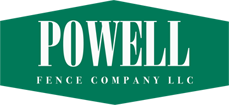
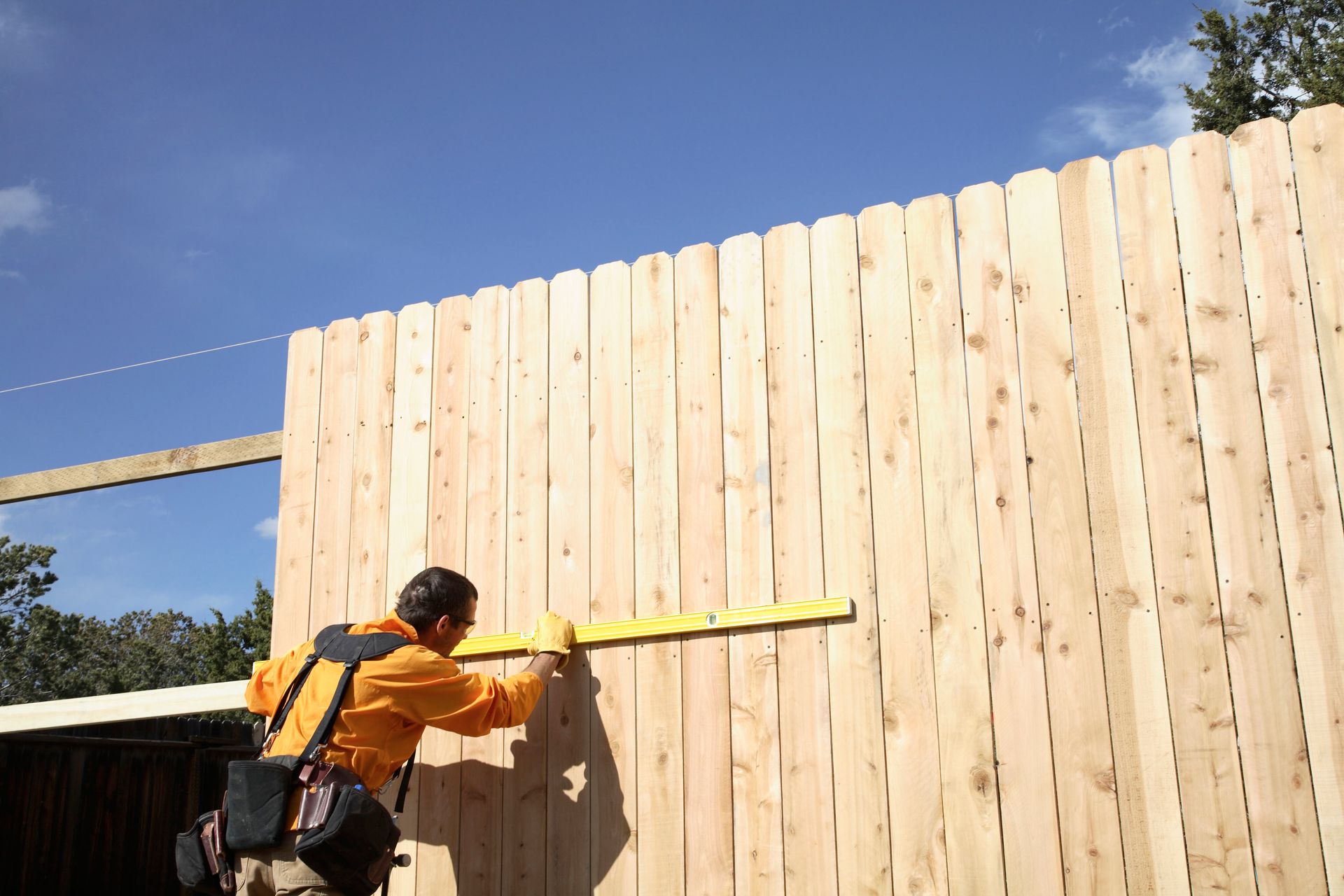
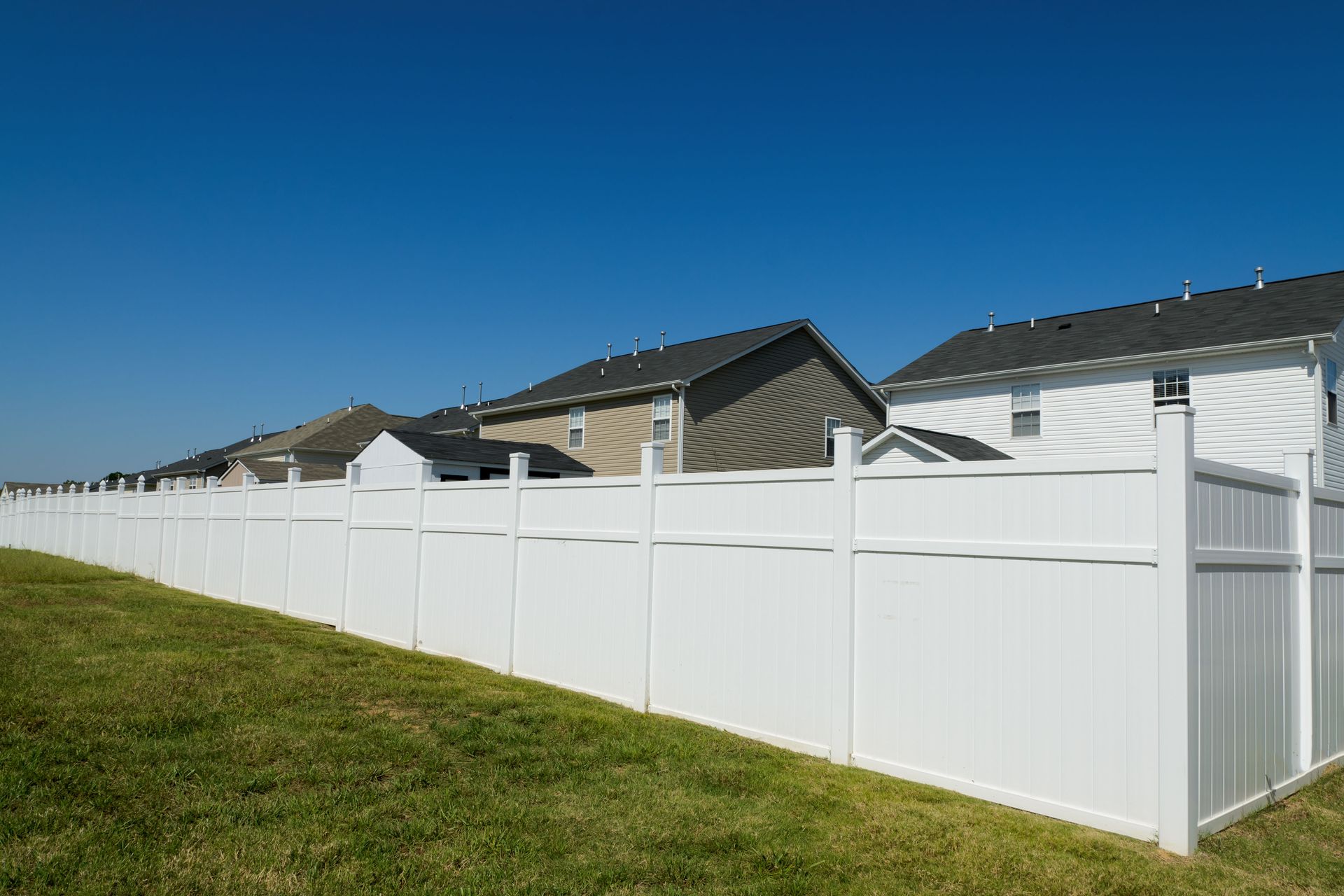
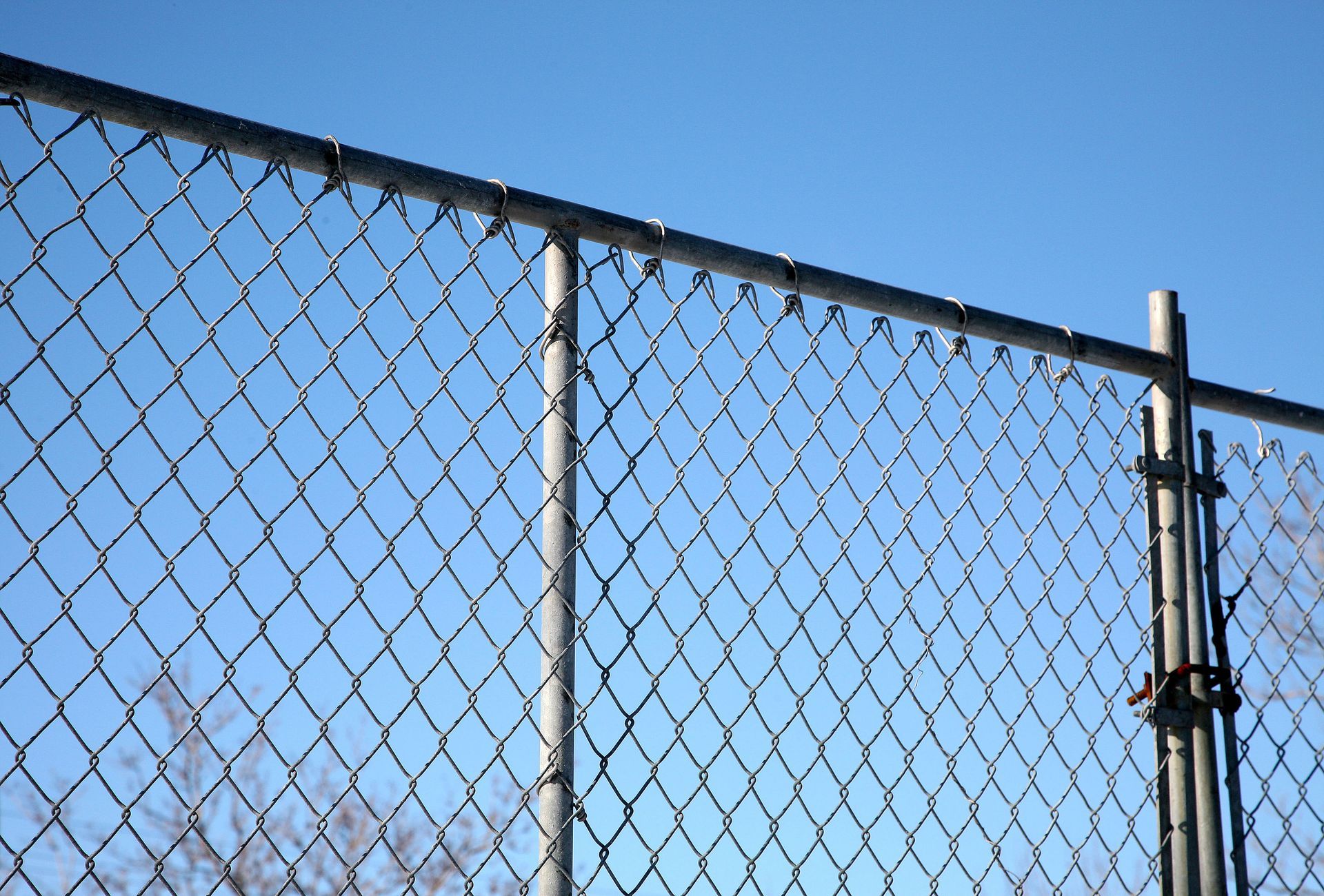
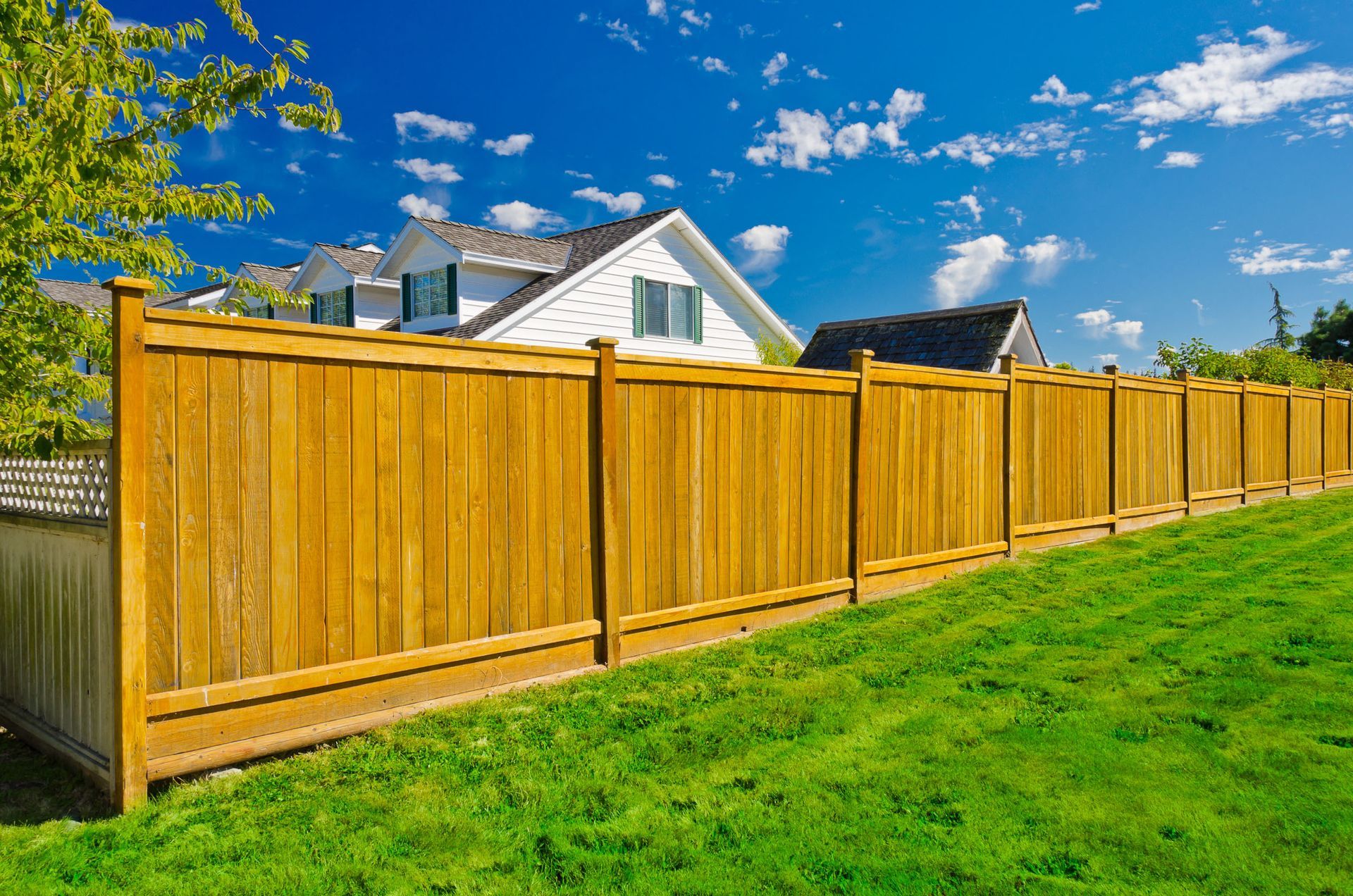
Share On: